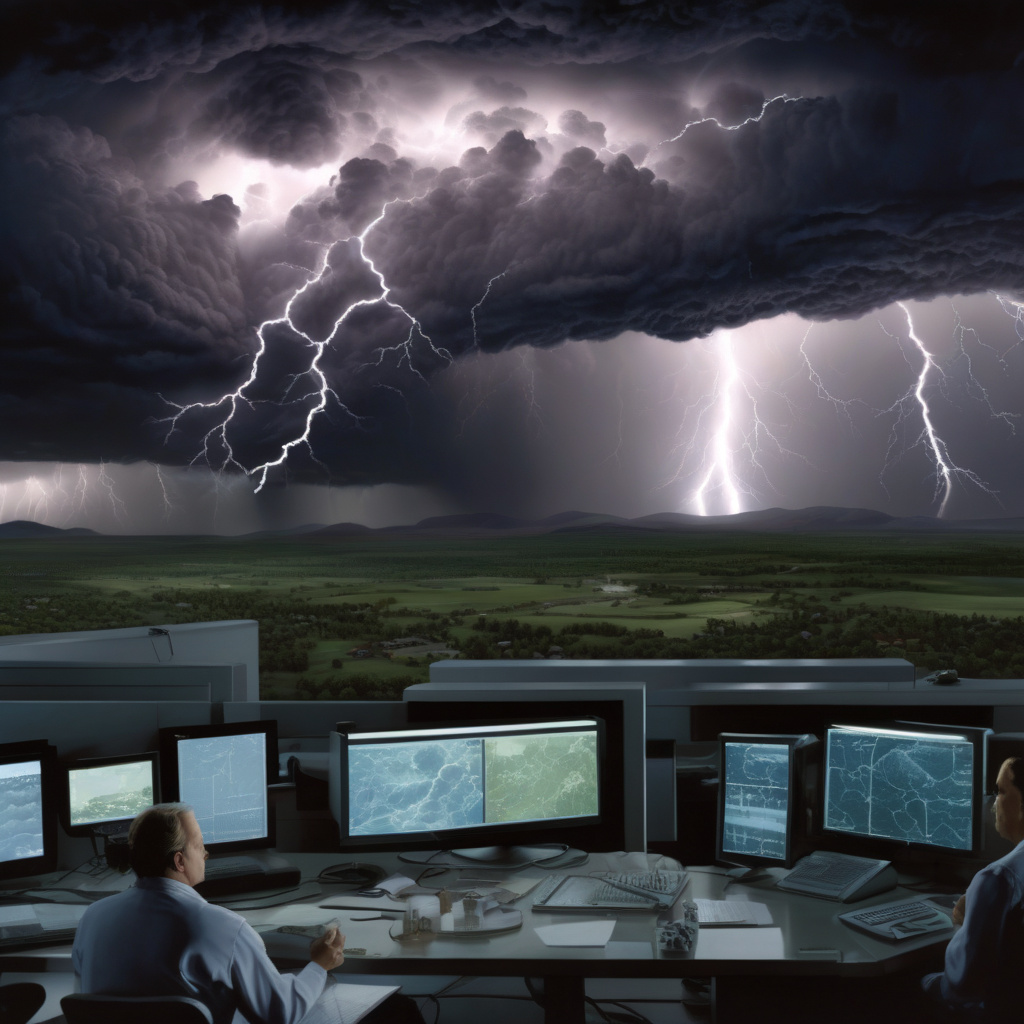US Lab Maps 76,000 Lightning Radio Pulses to Reveal How Power Radiates in Storms
Researchers in the US have compiled the largest-ever dataset of high-frequency radio signals from lightning, shedding light on how power radiates during storms. This groundbreaking study, conducted by a team at the New Mexico Institute of Mining and Technology, offers valuable insights into the complex dynamics of atmospheric electricity.
By analyzing 76,000 lightning radio pulses, researchers were able to create detailed maps that illustrate the intricate pathways of energy dispersion during thunderstorms. This unprecedented level of data provides scientists with a wealth of information to enhance our understanding of extreme weather phenomena.
One of the key findings of the study is the identification of distinct patterns in the propagation of lightning radio signals. These patterns, known as “sferics,” reveal the ways in which electromagnetic energy travels through the atmosphere. By mapping these sferics, researchers can pinpoint the regions where power is most concentrated during a storm.
Moreover, the research conducted at the New Mexico Institute of Mining and Technology has significant implications for meteorology and climate science. By elucidating the mechanisms behind lightning radio pulses, scientists can improve their ability to forecast and track severe weather events, ultimately enhancing public safety and preparedness.
In addition to its scientific contributions, this study highlights the importance of technological advancements in atmospheric research. The development of sophisticated radio sensors and data processing techniques has enabled researchers to collect and analyze vast amounts of information, leading to groundbreaking discoveries in the field of atmospheric physics.
Furthermore, the insights gained from this research could have practical applications in various industries, such as aviation, telecommunications, and renewable energy. By understanding how power radiates in storms, engineers and policymakers can design more resilient infrastructure and systems to mitigate the impact of extreme weather events.
Overall, the mapping of 76,000 lightning radio pulses represents a significant step forward in our quest to unravel the mysteries of atmospheric electricity. As we continue to push the boundaries of scientific exploration, studies like this serve as a testament to the power of human ingenuity and curiosity in deciphering the complexities of the natural world.
In conclusion, the groundbreaking research conducted at the New Mexico Institute of Mining and Technology offers a fascinating glimpse into the intricate patterns of power distribution during thunderstorms. By harnessing the data from 76,000 lightning radio pulses, researchers have unlocked valuable insights that have the potential to revolutionize our understanding of atmospheric phenomena. This study not only advances scientific knowledge but also underscores the importance of technological innovation in driving progress in meteorology and related fields.
lightning, storms, atmosphericphysics, research, technology











